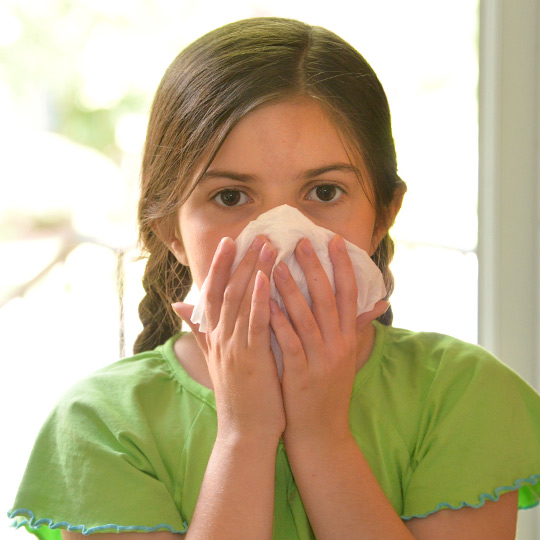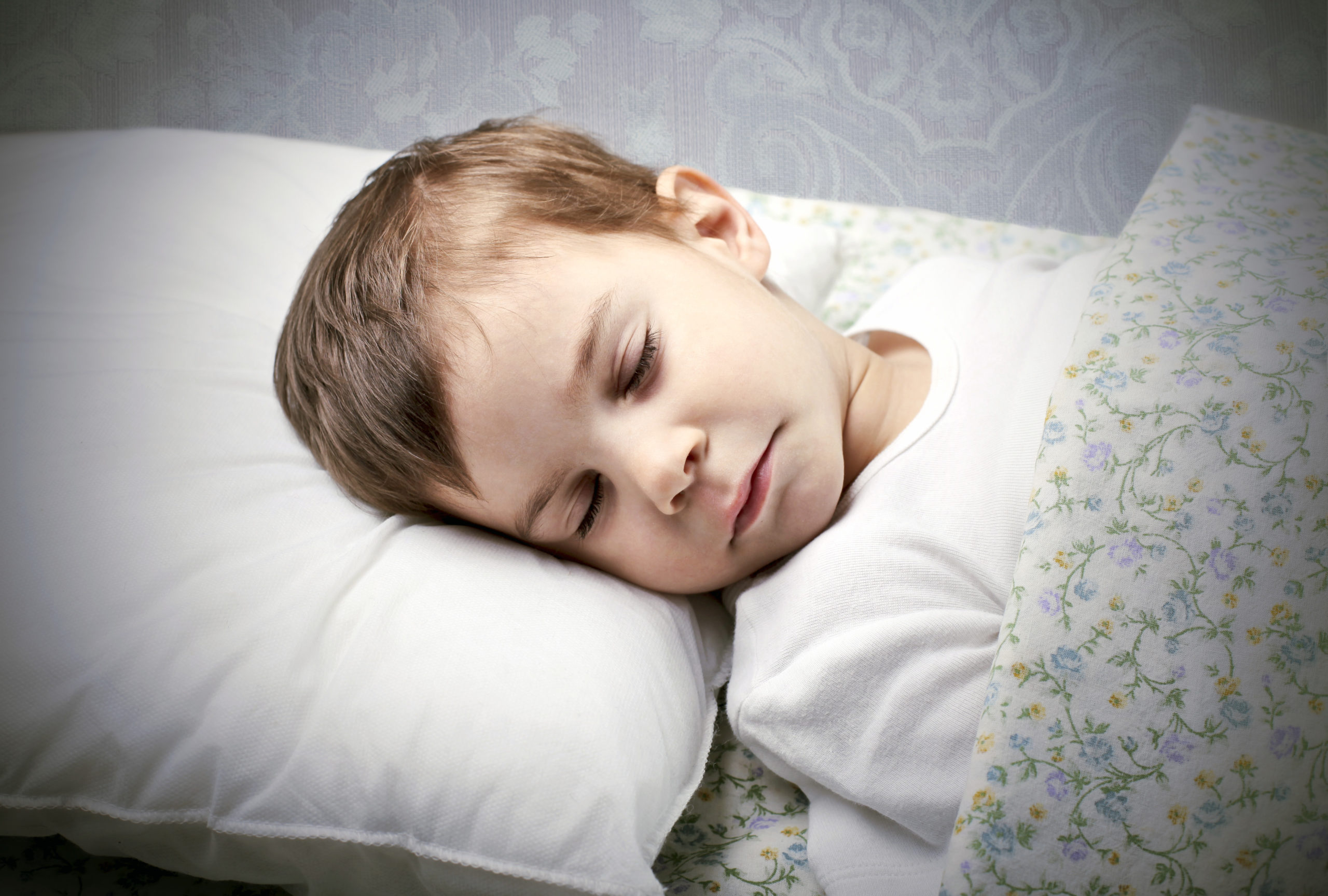Find answers to common questions about strep throat, which commonly makes the rounds with school-aged children in fall and winter.
It’s that time of year again when more time spent indoors and in closer contact with one another puts us at higher risk of catching and spreading infections like colds, flu and strep throat.
While many symptoms including sore throats may be due to viral infections, strep throat is a bacterial infection of the throat caused by group A streptococcus. It’s most common in school-aged children and is spread easily from person to person in mouth secretions (by coughing, sneezing and sharing cups and eating utensils).
Unlike viral infections, strep is treated with antibiotics, so it is important to know the difference.
Here are some common questions that parents may have about strep throat:
What are the common symptoms of strep throat?
Typically, children will have throat pain, especially when they swallow. You may notice your child not eating or drinking as well as usual. Fever, headache and abdominal pain, as well as swollen glands, are also frequent symptoms of strep throat. Some children will develop a “scarlet fever” rash along with the infection (more about this below). Not all children have throat pain with strep throat, so sometimes the doctor may test for strep if they have symptoms like fever with a headache or abdominal pain.
Which symptoms help us tell the difference between a sore throat caused by a virus and one caused by strep?
Most sore throats are caused by viral infections. Colds, flu and strep have many overlapping symptoms.
- Colds most often cause a runny or stuffy nose and cough. If throat pain accompanies a cold, it is often describes as scratchy or dry, and your child might have a hoarse voice.
- Flu causes high fever, chills, body aches, cough, runny nose and throat pain. Be sure your child has had a flu vaccine to help prevent the flu.
- Strep infections in school-aged children do not typically cause runny nose or cough, and generally they don’t cause a hoarse voice. Younger children are not as prone to strep infections but if they do have strep throat, they may have some runny nose or congestion with it.
How is testing for strep done?
Once your doctor has examined your child, he or she may recommend strep testing. The throat culture is the very best way to test, but this takes up to 48 hours for results. In our fast-paced world, it’s difficult to wait for results. Quick strep tests have been developed to help answer this question. In our office, we obtain two samples by swabbing the back of the throat – one for a quick strep test and the other for a backup throat culture. If the quick strep test is positive, we have our diagnosis and will start antibiotic treatment. If the quick test is negative, we send the second sample off to the lab for culture to be certain of the result. It’s best to hold off antibiotics in most situations until we have confirmation of a strep infection. (Side note: Please don’t tell your child we’re sticking the swab “down your throat.” This is frightening to many children. Better to say we’re going to “touch” the back of the mouth with a swab.)
There are a few exceptions to the general guidelines to test for strep. If a child has a “scarlet fever” rash, if another household member has a documented strep infection within the past few days or if your child has an additional infection such as an ear infection that needs treatment with an antibiotic, your doctor might skip strep testing and treat with antibiotics.
What is scarlet fever?
Scarlet fever is a rash that accompanies strep infections once in a while. It’s a fine, raised, red rash with the texture of sandpaper. The rash is often located on warmer body areas like the neck, underarms and lower abdomen, sometimes on the face. It may itch, and later in the course of infection may cause peeling especially on the fingertips and toes. If present, it is quite helpful in making the diagnosis of strep.
Will symptoms of strep improve if not treated?
Strep infections will improve without treatment if they are not diagnosed. Antibiotics help children feel better sooner, but treatment is not just to make the symptoms go away. We are careful to test suspected cases and treat children diagnosed with strep to avoid complications, which are fortunately uncommon but can be very serious, even life-threatening. Complications may include formation of an abscess (pocket of pus) in the back of the throat, acute rheumatic fever/ heart disease or kidney problems.
When should I call the doctor?
Call when your child:
- Has throat pain with one or more of the following: fever, headache, abdominal pain or red sandpaper-like rash.
- Has pain with swallowing that prevents him or her from swallowing saliva (in other words, drooling instead of swallowing).
- Has signs of dehydration.
- Has throat pain and has been in close contact with someone with a documented strep infection, even if the other symptoms are not present.
How can we treat the symptoms?
Keep your child’s throat comfortable by having him or her drink plenty of fluids. Water, Gatorade, apple juice, popsicles and other cool foods and drinks may be comforting. Older children might feel better by gargling warm salt water. Acetaminophen or ibuprofen may help relieve pain. If you are worried about strep, contact the doctor’s office for additional advice and testing.
What about prevention?
It’s the usual advice – thorough and consistent hand washing, covering coughs and sneezes, and not sharing cups, straws and eating utensils with others. Teach your children to keep their hands away from the eyes, nose and mouth – this is how germs enter our bodies. A flu vaccine does not prevent strep, but will decrease the risk of flu.
Last few other details
Strep infections are contagious until 24 hours after starting antibiotic treatment, so your child should not return to childcare or school until after 24 hours. The strep germ can live in toothbrushes, so be sure to discard your child’s toothbrush after 24 hours and use a new one. If your child does have strep throat, be sure to complete the full course of antibiotics to reduce the risk of those serious complications.
Rachel Lenox Mace, M.D., is a mother and a general pediatrician with the University Pediatrics practice at Vanderbilt Health at One Hundred Oaks.


Vanderbilt’s Children’s After-Hours Clinics offer the convenience of a walk-in clinic with care provided by a board-certified pediatrician from Children’s Hospital. No appointment is necessary, but we recommend calling your pediatrician first. Learn more about services and find locations for Children’s Hospital After-Hours Clinics here.

